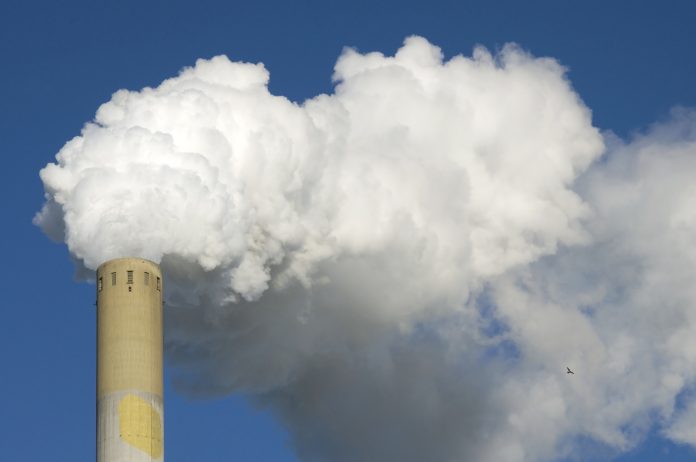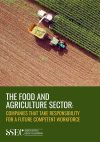A new technology has been developed by engineers from UNSW to help convert CO2 waste emissions into chemical building blocks to make products like plastics and fuels
Making catalysts to convert waste carbon dioxide emissions into useful industrial products has been expensive and complicated until now.
Researchers Rahman Daiyan and Emma Lovell from UNSW’s School of Chemical Engineering detail a way of creating nanoparticles that promote conversion of waste carbon dioxide into useful industrial components. The information was published in a paper in the journal, Advanced Energy Materials.
If the technology is adopted on a large-scale industrial setting, it could enable the world breathing space as it transitions towards a green economy.
The research, led by Scientia Professor Rose Amal, shows that by making zinc oxide at very high temperatures using a technique called flame spray pyrolysis (FSP), can create nanoparticles which act as the catalyst for turning carbon dioxide into ‘syngas’ which can be used in the manufacture of industrial products.
Researchers say this method is more scalable and cheaper than what is available in the industry today.
Daiyan explained that in an industrial setting, an electrolyser containing the FSP-produced zinc oxide particles could be used to convert the waste CO2 into useful permutations of syngas.
“Waste CO2 from say, a power plant or cement factory, can be passed through this electrolyser, and inside we have our flame-sprayed zinc oxide material in the form of an electrode. When we pass the waste CO2 in, it is processed using electricity and is released from an outlet as syngas in a mix of CO and hydrogen,” Daiyan said.
The researchers say in effect, they are closing the carbon loop in industrial processes that create harmful greenhouse gases.
Accessible and affordable
The technology is a cheaper alternative to what has been previously attempted in this field due to the choosing of zinc oxide as their catalyst.
Daiyan commented: “Past attempts have used expensive materials such as palladium, but this is the first instance where a very cheap and abundant material, mined locally in Australia, has been successfully applied to the problem of waste carbon dioxide conversion.”
Dr Lovell adds that what also makes this method appealing is using the FSP s.
Using the flame system to create and control the valuable materials is what makes this method more appealing. Lovell said: “It means it can be used industrially, it can be scaled, it’s super quick to make the materials and very effective.”
While the electrolyser that has been tested with waste CO2 emissions that contains contaminants has already been built, the ability for the technology to convert all carbon dioxide waste emitted by a power plant is a long way off from being achieved.
The next step for the group will be to test their nanomaterials in a flue gas setting to ensure they are tolerant to the harsh conditions and other chemicals found in industrial waste gas.





























